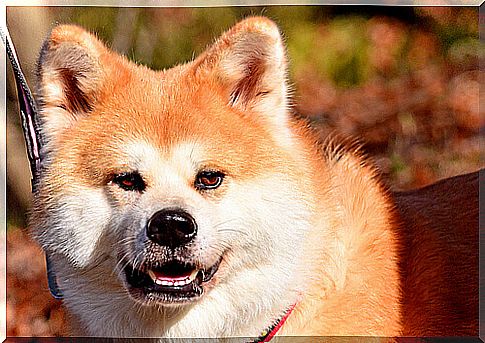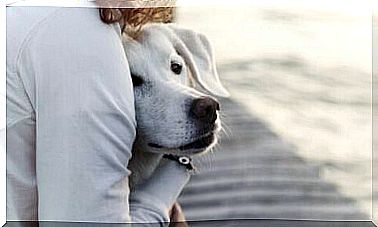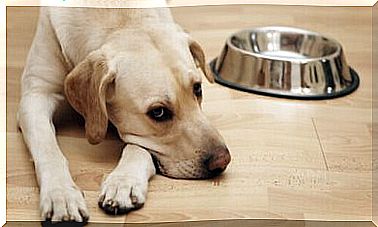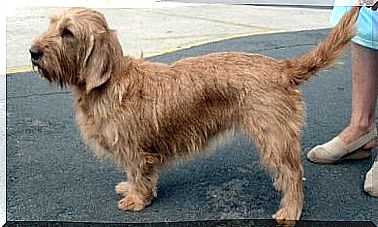How To Recognize A Fearful Dog?

It is very common to find a dog afraid or even, we would dare to say, shy. The first thing we should look at is why certain dogs are afraid, so that we can tell what their reactions are due to.
Why are dogs afraid?
One of the causes could be shyness. But also, dogs feel a fear, which we could call natural, before some sounds, such as fireworks, sirens and others.
This gesture of showing fear in front of some sounds is a survival gesture that dogs have for being descendants of wolves. These were pursued by humans when they wanted to eat their animals, which were their means of survival.

This has created in them, and in their offspring, this fear of any noise that resembles a shot. But that’s not the only fear dogs can feel. They may also be afraid of:
- People. This happens especially in the case of strangers, whether on the street or visiting at home.
- Water. Whether in the shower, in the pool or at sea, your dog is likely to show fear at the thought of getting wet.
- Vet. Just as we don’t like going to the dentist or doctor, dogs are also afraid to go to the vet.
- Loud noises. These, in addition to fireworks, can be the sound of something falling, the noise of a household appliance and even the noise of falling water.
In many of these occasions, it is not natural for the dog to be fearful, as in the case of strangers, which may be due to lack of socialization. Other causes can be trauma or excessive support, or lack of protection on the part of the owner.
Dogs’ fearful reactions
What is the attitude of dogs who are afraid? Dogs’ reactions to fear are different, it is not yet known whether each one is related to a different fear, or all of them can accompany all fears. The main ones are these:
- Trying to escape. If your dog runs away every time he feels fear of a stranger or any of the above causes, try to identify the cause so you can treat it.
- Defecate or urine. When feeling fear, the animal feels blocked and its body is not able to control reflex acts, such as physiological needs.
- He is desperately looking for a place to hide.

- Trembles. Like humans, trembling in dogs is one of the most characteristic signs of fear.
- Bark or grunt at what you fear.
- Try to attack if they don’t let him get away.
- Ears back and tail between legs.
Being afraid is not a pleasant feeling for anyone. Nor for our dog. If we don’t treat it in time, this fear can turn into a phobia, which would be a much more difficult illness to treat. However, fears can be dealt with not too difficult. Let’s see how.
How to Treat Fear in Dogs
There is no better defense than a good offense. So they say and it’s true, that’s why when we acquire a puppy we must attack the fears before they appear. As long as they are still puppies, we should try:
- Let them socialize. Teach your puppy to be with other people and with other dogs. Also allow the children to play with him so he will get used to being around other people and animals that are not part of his home.
- Get used to noises. Don’t try not to make noise while he sleeps so as not to scare him when he is still a puppy, as this will sensitize his ear and it will be easier for him to feel fear when he hears loud noises.
- Look for a caring veterinarian. Try to find a veterinarian who is sweet and will pet your pet a lot, and reward him whenever he can. This way the animal will relate the visit to the veterinarian with something good for him.
However, sometimes, our animal spends years being afraid of the same thing. Possibly he has been with us for a long time and we didn’t know how to eradicate this fear.
We don’t promise anything, but it’s still possible that this fear will go away if you go to an expert. Consult with your veterinarian, he will be able to advise you on what to do. When a long time has passed, and this fear has turned into a phobia, you cannot resolve it alone.
Image credits: Toshihiro Gamo.









